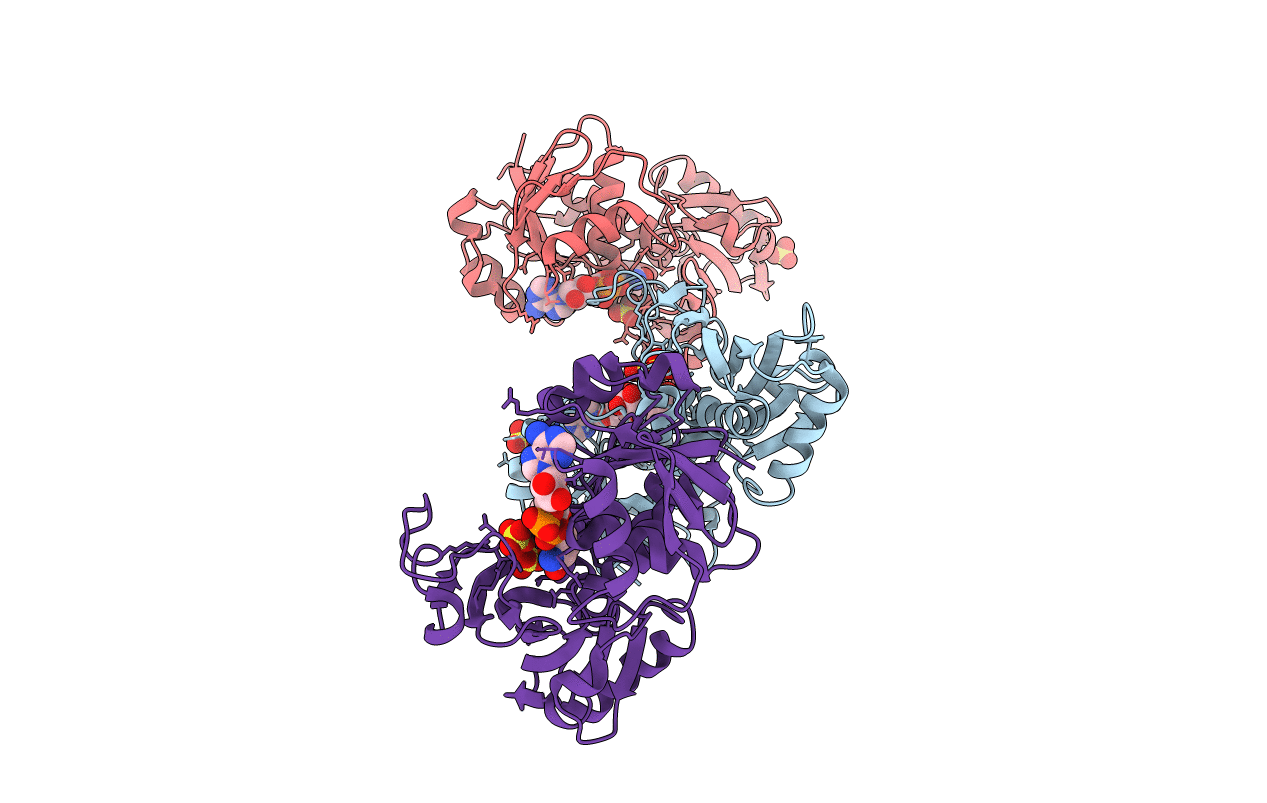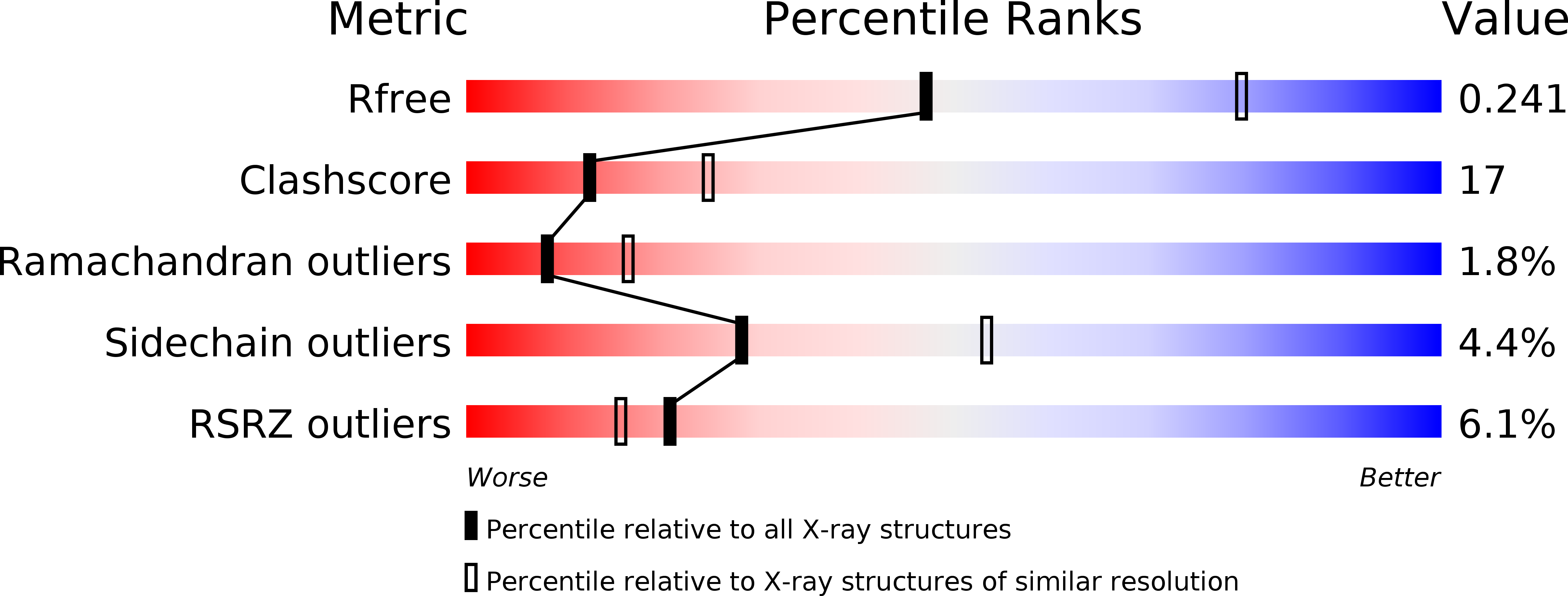
Deposition Date
2002-12-03
Release Date
2003-05-13
Last Version Date
2024-11-20
Entry Detail
PDB ID:
1NBO
Keywords:
Title:
The dual coenzyme specificity of photosynthetic glyceraldehyde-3-phosphate dehydrogenase interpreted by the crystal structure of A4 isoform complexed with NAD
Biological Source:
Source Organism:
Spinacia oleracea (Taxon ID: 3562)
Host Organism:
Method Details:
Experimental Method:
Resolution:
2.60 Å
R-Value Free:
0.24
R-Value Work:
0.20
Space Group:
C 2 2 2


